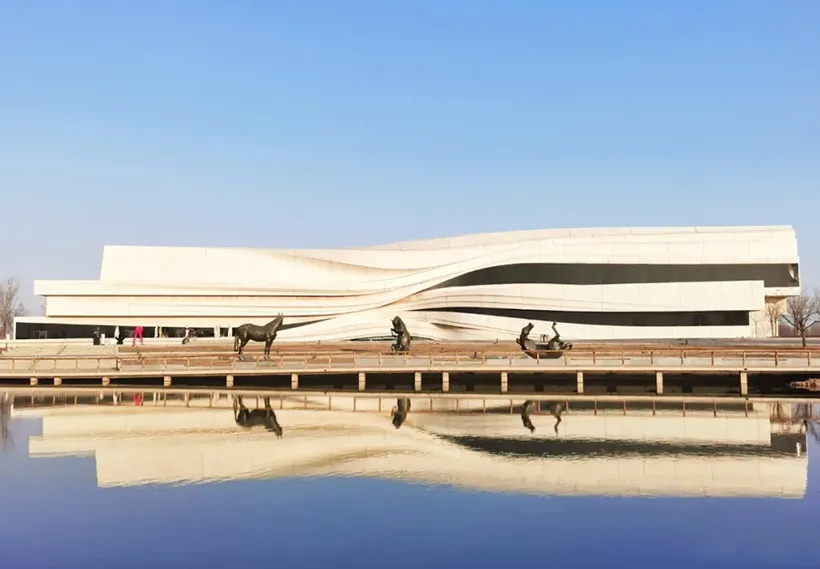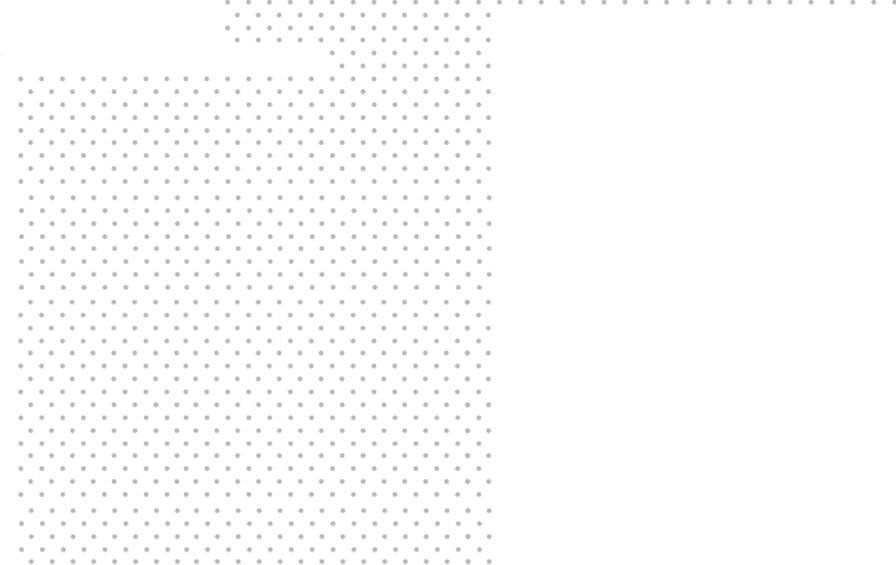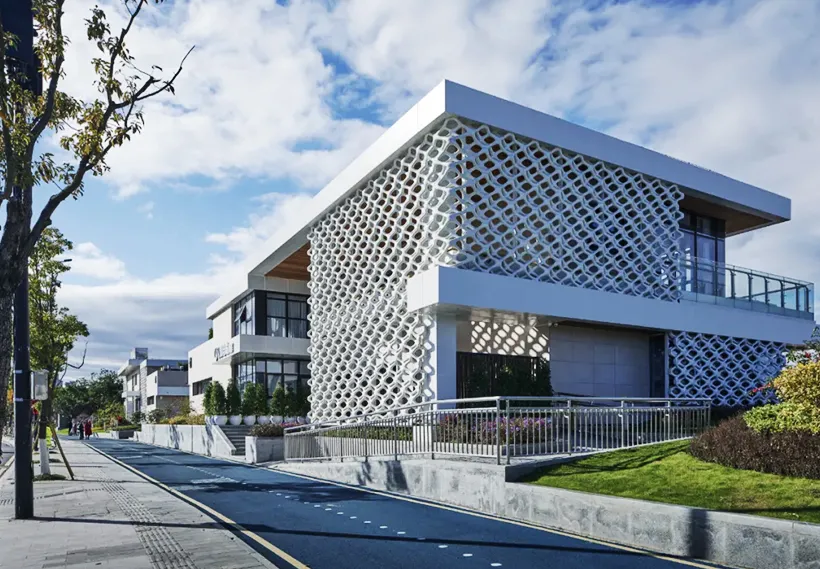GFRC (Glass Fiber Reinforced Concrete) panels are becoming increasingly popular in the construction industry due to their numerous benefits and versatility. These panels are made by mixing a special type of cement with fine aggregates, high-strength glass fibers, and water. The resulting material is strong, lightweight, and highly durable, making it an ideal choice for various applications. From architectural cladding and column covers to ornaments and decorative elements, GFRC panels offer designers and architects unparalleled design freedom and flexibility. In addition to their aesthetic appeal, these panels are also fire-resistant, weather-resistant, and require low maintenance. With their ability to replicate the appearance of natural stone, wood, or metal, GFRC panels provide a cost-effective alternative to traditional construction materials without compromising on quality or performance. Whether it is a new construction project or a renovation, the use of GFRC panels can enhance the overall look, durability, and sustainability of any building.
GRC/GFRC Panel Solutions for Global Construction Projects
In North America, our products are known as GFRC cladding or GFRC panels, used for lightweight exterior walls and large-scale façades. We supply panels that meet ASTM standards, with strong weather resistance and clean modern finishes.
In Europe, customers often use the term GRC panels or GRC cladding. We offer materials that comply with CE standards and match the region’s focus on surface detail and long-term performance.
In the Middle East, many refer to GRC as precast façade or GRC decorative elements. We can produce domes, arches, and patterned screens suited for hot, dry environments. Our molds support both modern and traditional Islamic styles.
In Australia and New Zealand, terms like GFRC panels and precast GRC cladding are common. We provide fire-resistant panels with good insulation, suitable for schools, public buildings, and homes.
In East Asia, products are often called GRC curtain wall panels or GRC decorative components. Our factory supports large-scale production and complex shapes, used in residential buildings, government projects, and theme parks.
Contact Us for GRC Solutions
Applications
GFRC panels, or Glass Fiber Reinforced Concrete panels, offer numerous benefits that make them highly suitable for various industries and applications. These panels are widely used in architecture, engineering, defense, and building restoration projects.
In architecture, GFRC panels find applications in the construction of exterior cladding, curtain walls, and decorative elements. They provide flexibility in design, enabling architects to create intricate patterns and shapes. Engineering projects also benefit from GFRC panels as they can be used for bridges, tunnels, railway platforms, and other structural elements. The panels’ strength and durability allow for large spans and heavy loads.
In building restoration projects, GFRC panels prove advantageous as they can emulate various historical architectural styles, providing an aesthetically pleasing result.
Types of GFRC Panels
There are two main types of glass fiber reinforced concrete panels: panelized and non-panelized.
Panelized GFRC panels
These glass fiber reinforced concrete panels are made up of individual pieces connected together to form a larger panel.
Panelized GFRC panels are generally stronger and more durable than non-panelized panels. They are also easier to install since the individual pieces can fit together like a puzzle.
However, they are also more expensive than their non-panelized counterparts.
Non-panelized GFRC panels
Non-panelized GFRC is a type of single-piece glass fiber reinforced concrete that is sprayed or cast onto a surface to create a thin, strong layer. This makes it ideal for applications where a smooth, even finish is desired.
They are less expensive than panelized panels, but they are not as strong.
Non-panelized GFRC has widespread use in architectural precast exterior cladding, adornments and. It is also used to create sculptural elements and architectural details.





